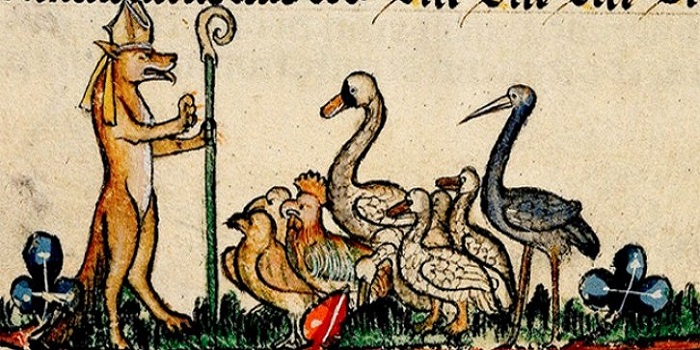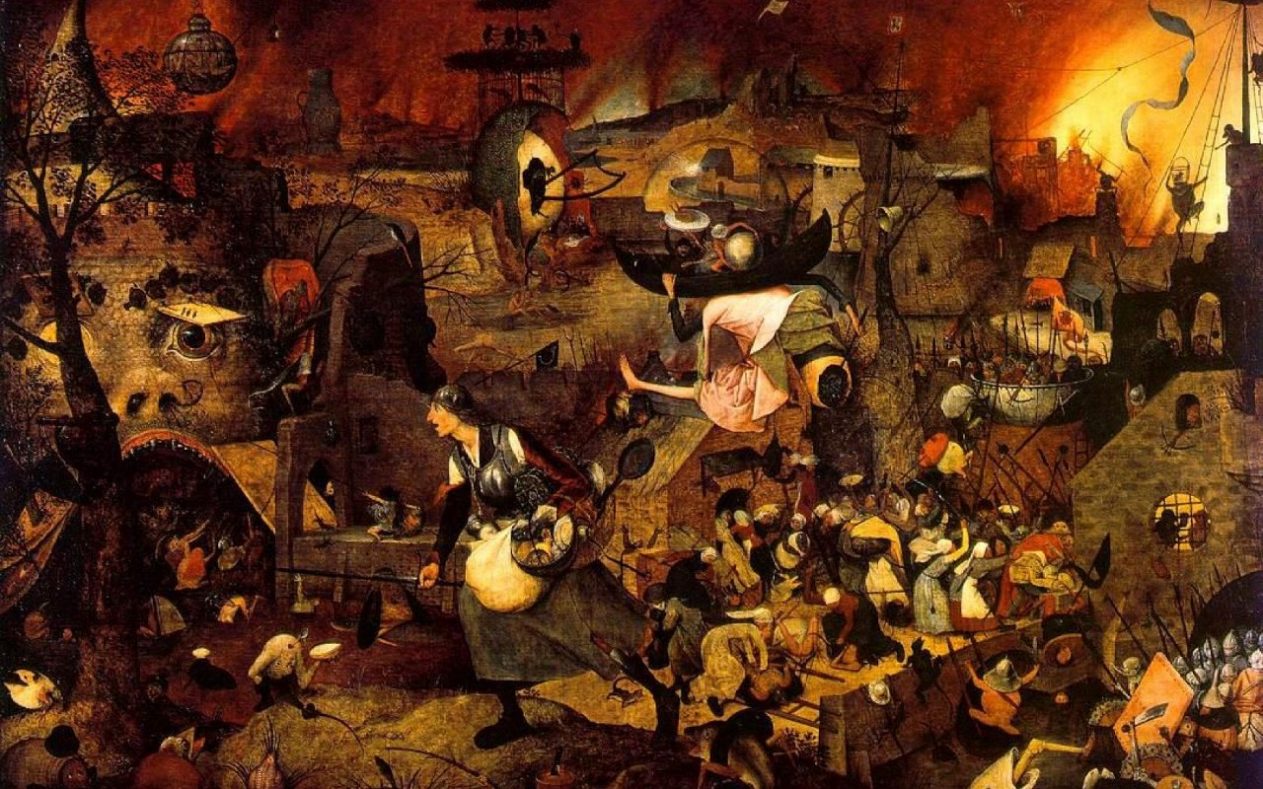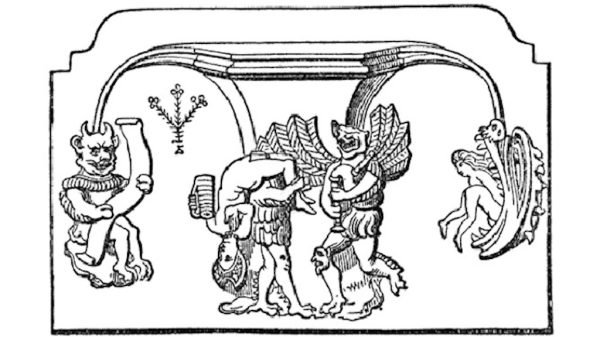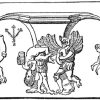Imagine you’re at a flea market or in a library. You target some juicy old book, open it and…find out it’s filled with personal notes and doodles on the pages’ margins. Ever happened in real life?
If you’re one of those people who value books as a sacred objects and pay maniacal attention to keep them good as new, this experience probably left you a bit disappointed. But if you’re a curious digger of the traces left behind by other people, a book with loads of marginalia may be a small treasure to you, since it’s kind of a window opened on the most intimate thoughts of someone who lived long ago.
For professional curious (read: historians) such a discovery would be also a source of genuine study material. Marginalia can become a unique mean of communication with eras gone by, and this is even more true when they are not just personal notes, but contents intentionally left by someone in order to be seen or red by others. In this case, marginalia become an all around message in the message.
Interesting examples of these “messages” are to be found in the impressive quantity of marginalia drawn or noted by scribers in the Middle Ages. In fact, in most Medieval books up to the 50% of each page was left blank: this meant that the amanuensis had a lot of space to fill with “extra textual” material.
Sometimes this empty space was simply intended for practical purposes and scribers used it to mark important passages in the text, highlight connections within different parts of the same opus or just give the future owner of the book some room to write down his own notes.
Sometimes the blank surface gave the scriber a chance to express personal opinions or to enjoy creative moments.
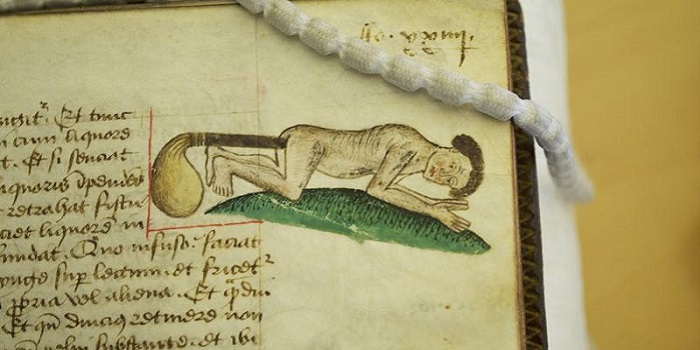
Among this last type of notes, we can find a lot of written lines. For instance, a scriber exhausted by his long working day wrote: “Now I’ve written the whole thing: for Christ’s sake give me a drink”. Other notes are complaints about the quality of the copied book, like “Whoever translated these Gospels, did a very poor job!”; or about the poor wages, like “11 golden letters, 8 shilling each; 700 (initial) letters with double shafts, 7 shilling for each hundred; and 35 quires of text, each 16 leaves, at 3 shilling each. For such a (small) amount I won’t write again!”. If the matter is of your interest, you can find more about this topic here and here.
What I’d love to share with you, however, is a small gallery of illustrated marginalia, dreamy and entertaining divertissement, decorations or visual highlights that medieval professional scribers left us. Some of them are just creative distractions from the hard work scribers faced every day, others have deep symbolical meanings, some of which remained obscure (i.e: the reason behind the presence of so many snails in the illustrated marginalia).
To deepen the topic, here is a short but interesting article.
If you enjoy the pictures, you can find more on the Instagram pages suggested here.
